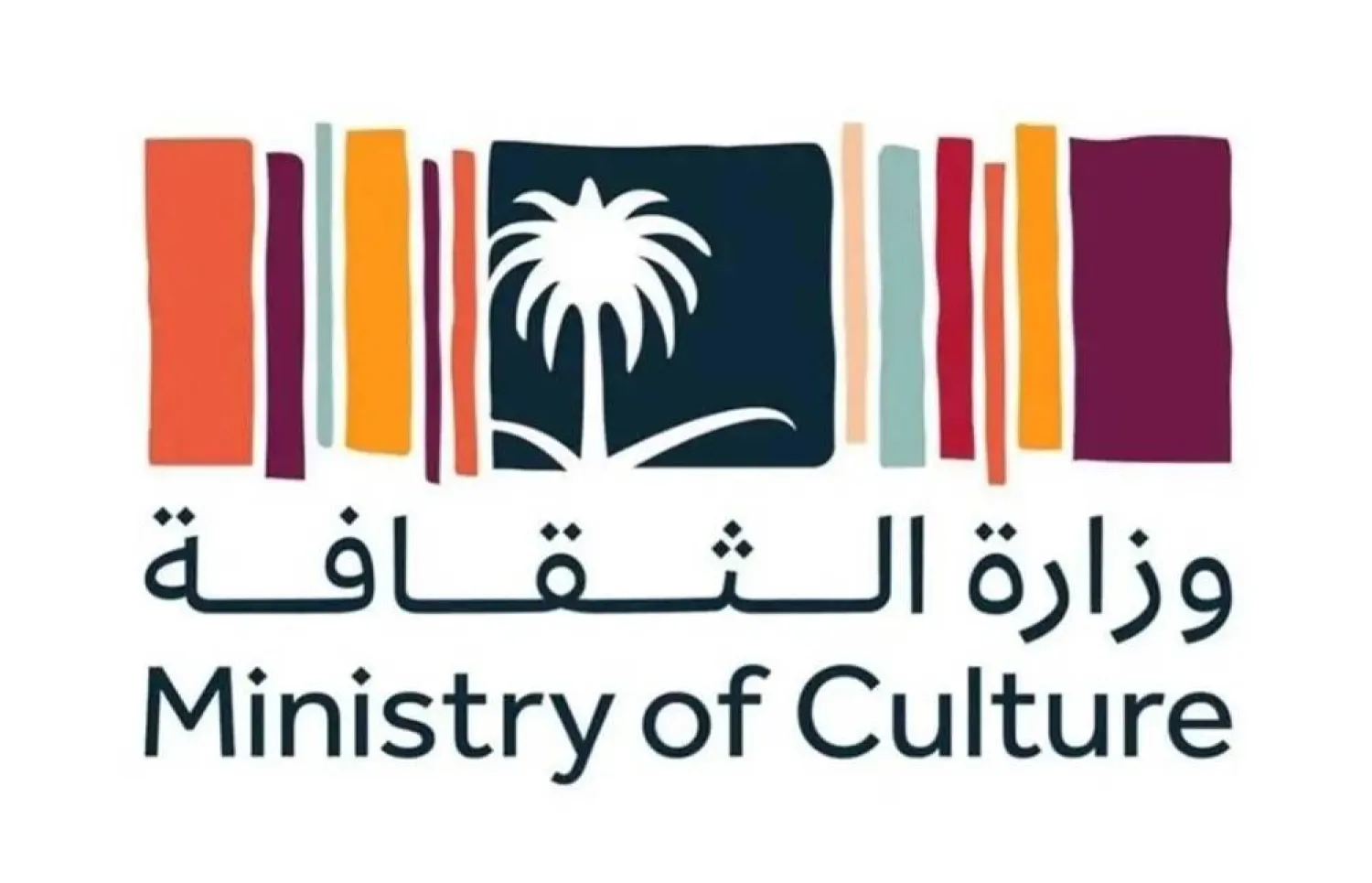A joint Egyptian-US archaeological mission has uncovered the upper part of a huge statue of King Ramses II during excavations south of the Egyptian city of Minya, Egypt's tourism and antiquities ministry said on Monday.
The limestone block is about 3.8 meters (12.5 feet) high and depicts a seated Ramses wearing a double crown and a headdress topped with a royal cobra, Bassem Jihad, head of the mission's Egyptian team, said in a statement.
The upper part of the statue's back column shows hieroglyphic writings that glorify the king, one of ancient Egypt's most powerful pharaohs, Reuters quoted him as saying.
Also known as Ramses the Great, he was the third pharaoh of the Nineteenth Dynasty of Egypt and ruled from 1,279 to 1,213 BCE.
The size of the statue when combined with its lower section, which was unearthed decades ago, would reach about 7 meters.
The city of El Ashmunein, on the west bank of the River Nile, was known in ancient Egypt as Khemnu and in the Greco-Roman era was the regional capital of Hermopolis Magna.
Studies have confirmed that the upper part of the statue is a match for the lower section discovered by German archaeologist Gunther Roeder in 1930, said Mustafa Waziri, head of Egypt's Supreme Council of Antiquities.
The mission has begun cleaning and preparing the block ahead of modelling what the statue would look like when the two sections are combined, Waziri said.
Archaeologists in Egypt Unearth Section of Large Ramses II Statue

A section of a limestone statue of Ramses II unearthed by an Egyptian-US archaeological mission in El Ashmunein, south of the Egyptian city of Minya, Egypt in this handout image released on March 4, 2024. The Egyptian Ministry of Antiquities/Handout via REUTERS

Archaeologists in Egypt Unearth Section of Large Ramses II Statue

A section of a limestone statue of Ramses II unearthed by an Egyptian-US archaeological mission in El Ashmunein, south of the Egyptian city of Minya, Egypt in this handout image released on March 4, 2024. The Egyptian Ministry of Antiquities/Handout via REUTERS
لم تشترك بعد
انشئ حساباً خاصاً بك لتحصل على أخبار مخصصة لك ولتتمتع بخاصية حفظ المقالات وتتلقى نشراتنا البريدية المتنوعة







